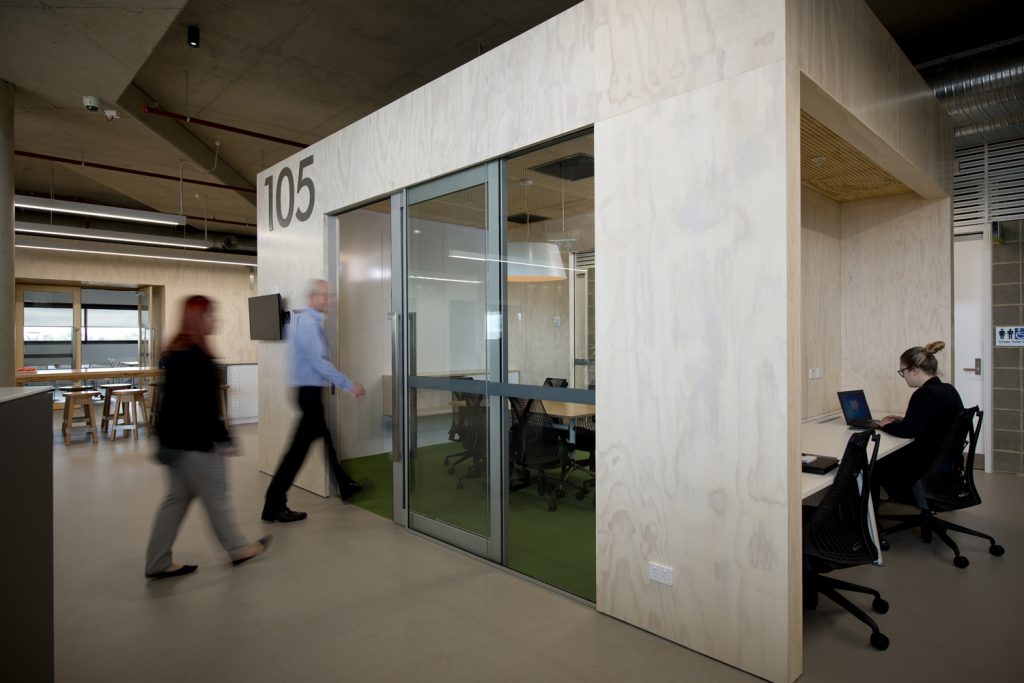The Additive Manufacturing Applied Research Network is to be set up in the Australian city of Adelaide following a AU$1.4 million grant from the State Government of South Australia.
The network is a collaboration between The University of Adelaide’s Institute for Photonics and Advanced Sensing (IPAS), Optofab, the Australian National Fabrication Facility (ANFF), the Stretton Centre for regional industry, the Innovative Manufacturing Cooperative Research Centre (IMCRC), and CSIRO’s Lab 22 additive manufacturing centre to form a series of advanced manufacturing facilities, including one focused on metal 3D printing and another for additive manufacturing of plastics.
A local facility for 3D printing Metal…
The metal 3D printing facility is administered by the University of Adelaide and will be based in the north of the city. It will boast three 3D metal printers, including one printer that is exclusively “accredited for medical device manufacturing.”
The facility will be available for businesses to undertake research, product development and validation testing. It will help carry the work of the IMCRC, another joint venture between the University of Adelaide and CSIRO, launched in 2015 to accelerate Australian manufacturing and make cutting-edge technology available to businesses.
In 2014, IPAS purchased a 14 x 14 x 10cm build volume Phenix PXM SLM 3D printer, which was made available to local private companies. However, according to the University of Adelaide this new facility will now be the “only metal additive manufacturing center in Australia that’s available to companies on a commercial basis.”
Adelaide University’s Professor Julie Owens explained the significance of the facility as a culmination of current work in additive manufacturing in Australia.
“This facility has been born out of three years’ work by the University’s Institute for Photonics and Advanced Sensing and the Optofab Australian National Fabrication Facility”.
One of the advantages of the facility will be the removal of high cost barriers for local manufacturers. Explaining the problem, Owens stated that prior to the establishment of the research network, “clients who use our current small 3D metal printing facility have had to go overseas to get access to larger printers for manufacture of products.”

…And one for 3D printing plastics
Alongside the metal facility, a plastics 3D printing facility will be established at City of Playford’s Stretton Centre, based in the town of Munno Para. The centre, set up to address the problem of “population growth…faster than local job growth”, and to “accelerate industrial transformation to counter jobs losses in mass manufacturing.” Both facilities act as a national and regional hub for business development, and provides a physical collaborative space.
South Australia cabinet minister for Manufacturing, Kyam Maher, stated that “the success of transforming the South Australian economy depends on our ability to adapt to new ways of doing things and establish advanced technologies to build globally competitive, high-value firms.”
Maher added that “having the University of Adelaide support innovation in industries such as defence and health allows for better collaboration and fresh thinking and really helps promote our state as a world-leader in advanced and additive manufacturing.”

Australia Makes Additive Manufacturing
Owens noted that the facilities offered by the new network would allow “defence, medical devices, dental prostheses and injection moulding to be undertaken in Adelaide”.
Various Government-backed and institutional 3D printing projects have seen success in the past year, ranging from the redesign of local small-batch winemaking to the production of innovative medical implants.
For more on 3D printing across the seven continents, subscribe to our free 3D Printing Industry newsletter, follow us on Twitter, and like us on Facebook.
Featured image shows a 3D printed metal lattice produced by IPAS. Photo via IPAS.

